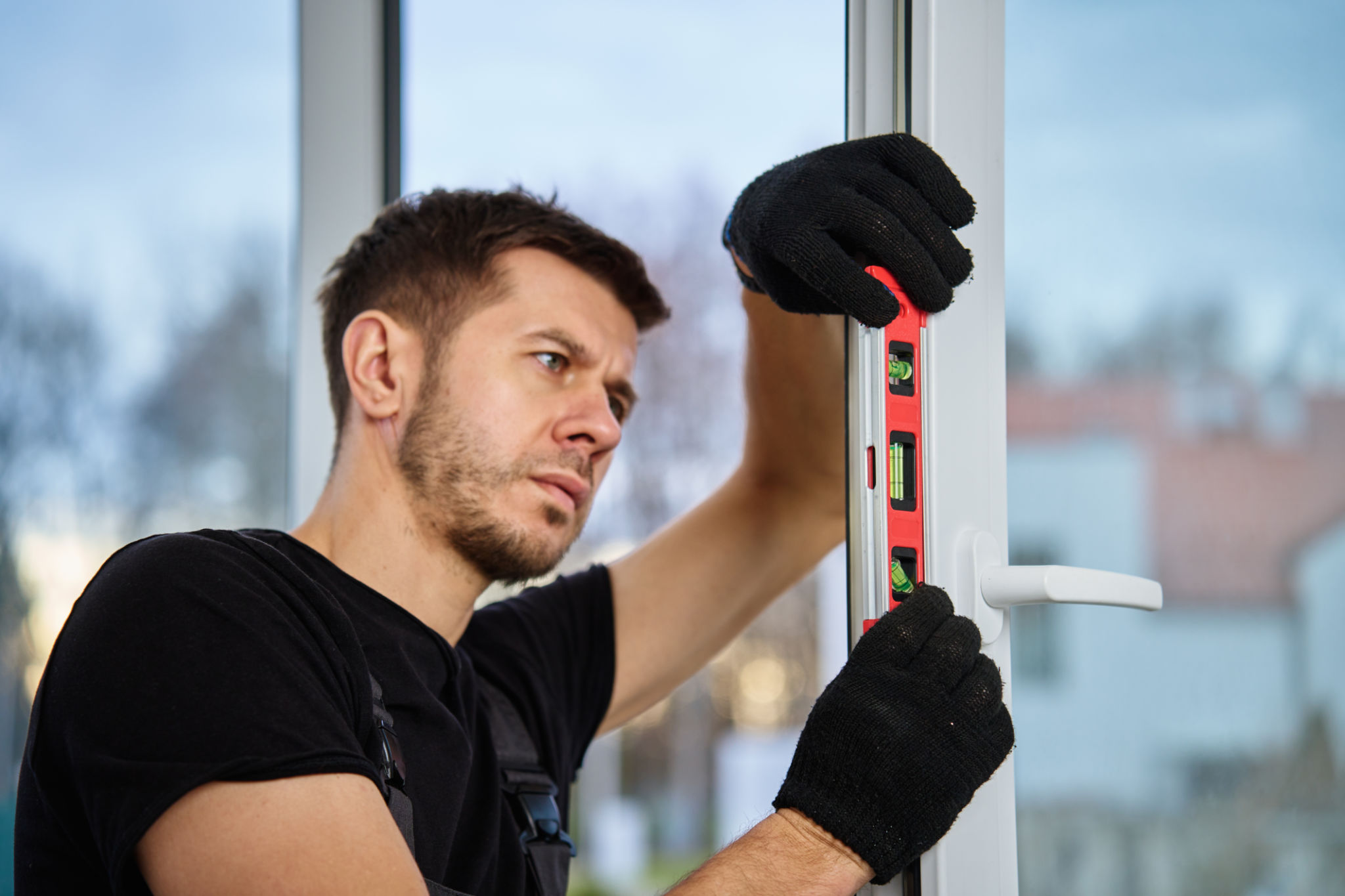DIY Home Inspection Checklist: What to Look for Before Purchasing a Home
Purchasing a home is one of the most significant investments most people will make in their lifetime. To ensure you're making a wise decision, it's crucial to conduct a thorough home inspection. While hiring a professional inspector is always recommended, performing a DIY inspection can help you identify any obvious issues before committing to a purchase. Here's a comprehensive checklist to guide you through the process.
Exterior Inspection
Roof and Gutters
Start by examining the roof for any missing or damaged shingles, as these can lead to leaks and water damage. Check the gutters for debris, as clogged gutters can cause water to overflow and damage the foundation or siding. Ensure downspouts direct water away from the home.

Foundation and Walls
Inspect the foundation for any visible cracks or signs of shifting, which could indicate structural issues. Examine the exterior walls for cracks, peeling paint, or damaged siding. These could be signs of water intrusion or other underlying problems.
Interior Inspection
Plumbing and Electrical Systems
Check under sinks for leaks and ensure all faucets are functional. Test the water pressure in the shower and sinks. For the electrical system, verify that all light switches work and outlets are properly grounded. Look for any exposed wiring or outdated fuse boxes that may need upgrading.

Heating and Cooling Systems
Examine the HVAC system to ensure it's in good working condition. Check the age of the furnace and air conditioning unit as older systems may require replacement soon. Don't forget to inspect air filters and ductwork for cleanliness and efficiency.
Structural Components
Windows and Doors
Test all windows and doors for smooth operation, ensuring they open and close properly. Look for any broken glass, damaged frames, or gaps that could cause drafts or security issues.

Attic and Basement
Inspect the attic for adequate insulation, signs of pests, or evidence of water damage. In the basement, check for dampness, mold, or a musty smell, which could indicate water intrusion. Verify that any sump pumps are operational.
Final Thoughts
Performing a DIY home inspection can give you a clearer understanding of a property's condition before making an offer. However, this should not replace a professional inspection, which can uncover hidden problems you might miss. Use this checklist as a preliminary tool to help you make informed decisions during your home-buying journey.
Taking the time to carefully evaluate these aspects of a potential home can save you from unexpected expenses and ensure you're investing in a property that meets your needs and expectations.
